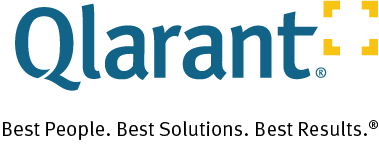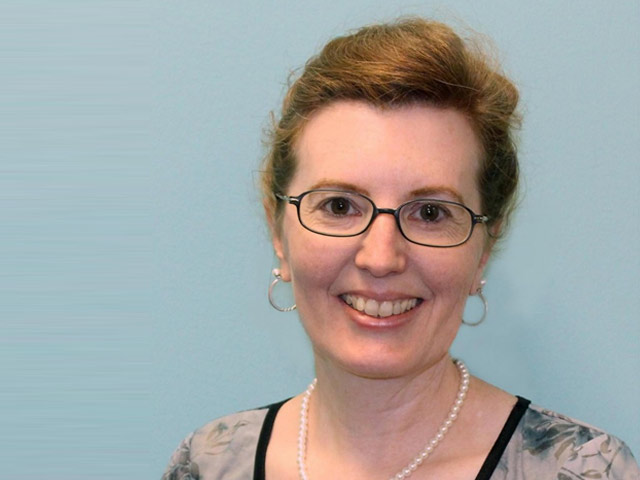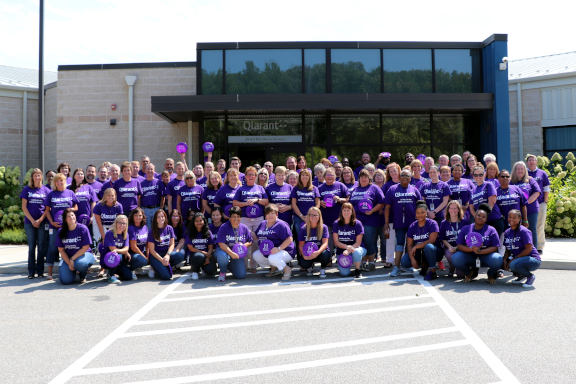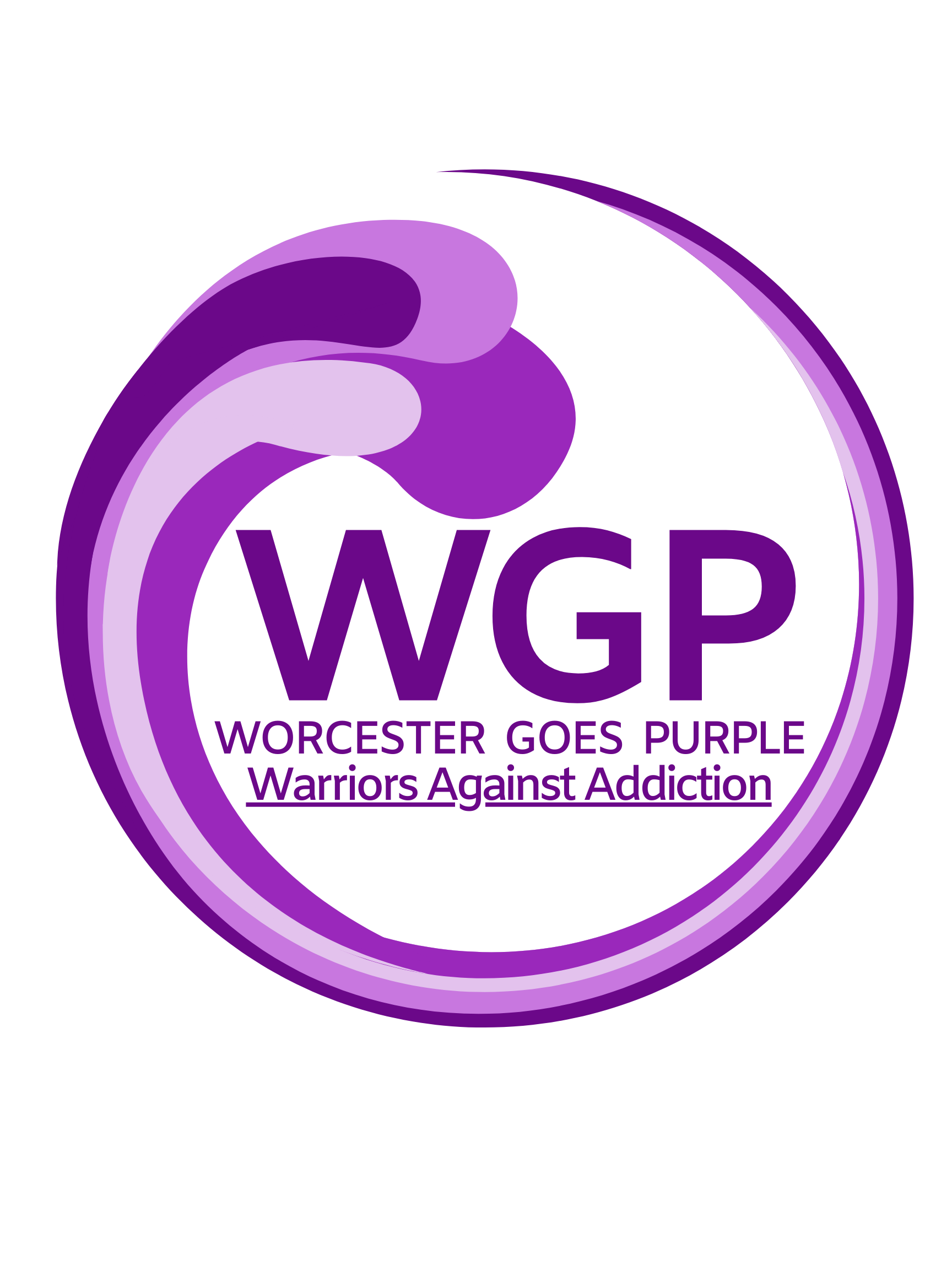Practice Makes Perfect – But We’re Not There Yet
In my last blog, we looked at the ability to demonstrate meaningful use that includes specific objectives, milestones, and metric requirements to monitor use of health information. We discussed technology, the certified EHR, the tool to help demonstrate meaningful use by having a place to document health care data that can be easily shared across disciplines, thus, allowing healthcare professional to “picture” the entire patient, not just fragments of them. All this aims to demonstrate, through EHR data metrics, that healthcare costs are decreasing (or at least not rising so fast) and healthcare outcomes to the population are improving. It’s all because we are becoming more efficient.
Because we can “see” data real-time and it’s not stored in paper charts at some doctor’s office or in boxes in a storage facility. We can show through data that multiple providers are not performing the same diagnostics tests, less medical errors are occurring, and readmissions to hospitals are on the decline. Can the EHR really do this?

It is not as simple as it may sound to put this into practice and be able to get the metrics needed to demonstrate what’s being requested from the healthcare arena, or at least into today’s healthcare setting. Until recently, health care records were paper located at the individual provider’s office. Providers worked in silos, not sharing with others except by fax transmission or postal mail. Even the patients were not provided copies of their information until HIPAA came along and mandated that a patient be allowed to see and have their own information. But even then, the patient had to request it and pay for it. When a patient was referred to see a specialist, one still could not rely on the information getting back to the primary care provider or what did get communicated was just a summary (without all the details).
Even today, the EHR is not a comprehensive record for each patient. Clinical notes and tests ordered by a patient’s various health care providers cannot be viewed from a single record by all providers, nor is there one patient portal for the patient to access their comprehensive medical record. A patient cannot go to Walgreens® and request their pharmacy records from CVS®. As a result, this can provide an incomplete picture of a patient’s health and behavior. Becoming electronic does not prevent health records from being fragmented, which could affect milestones and metric requirements. In addition, the tool itself does not make the data for the measurements; it still takes a human to enter the data into the tool. At least for now (to learn more about that tale visit our Machine Minded blog). However, with little or no standards on data entry, accurate measurements are a challenge. The old saying still holds true, “garbage in is garbage out”.
On the more positive side, while the EHR is not perfect, we are heading in the right direction. It is still much better than paper and it’s a step closer in regards to being able to demonstrate meaningful use. Having a health record available in real-time to providers and patients is far more useful.
Disclaimer: This Blog is for educational purposes only as well as to provide general information and a general understanding of the topics discussed. The Blog should not be used as a substitute for legal advice and you are advised to seek additional information from your insurance carriers, Medicare and/or Medicaid agencies for additional criteria and regulations regarding these services.







